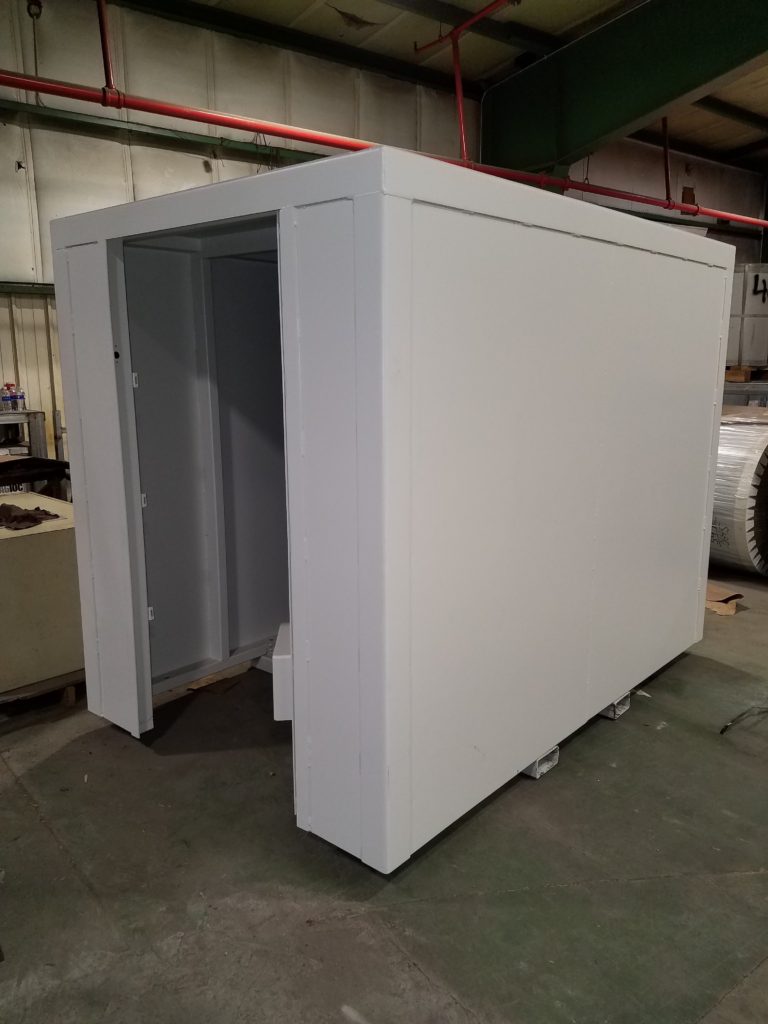Tornado season came early to the Deep South this weekend as a twister reportedly killed 26 people. The epicenter of the rolling storms flattened Rolling Fork, Mississippi where meteorologists say a F4 tornado pummeled the town with 140 mph winds. Ripping roofs off homes and leveling several neighborhoods, the storms moved without impunity, knocking out power for thousands of people. In response to the unprecedented strength of the storm, President Biden will agree to expedite a federal emergency relief package. Friday’s storms have left a forever blemish on the sleepy southern towns and reminded thousands of the importance of a residential storm shelter.
The ‘City is Gone’
“It seemed like forever until that noise stopped,” Rolling Fork vice mayor LaDonna Sias told CNN. Sias said her house was demolished. “You could hear people screaming from the neighborhood,” said Sias.
One resident of Rolling Fork described the town as “obliterated” following the storm. Just think about the magnitude of these words: a town with a population of only 2,000 people was basically wiped off the map. There’s no telling how long it will take residents to rebuild their town, and that’s if they don’t leave altogether and rebuild elsewhere. Last weekend’s storms corroborate what scientists already believe: tornado alley is shifting to the southeast. What makes tornadoes particularly so dangerous in the south is that the majority of these storms occur in the dark of night, when residents are already sound asleep in their beds. Tornadoes can also be harder to spot in the south. Unlike the unyielding flatness of the Midwest, the southeast is dotted with thick lines of tree along gently rolling hills. This unique terrain can make it harder to spot tornadoes, especially in complete darkness without moonlight. Residents only have a few minutes to reach safety once a tornado is spotted in the vicinity. Factoring the general disorientation of a half-asleep resident trying to reach safety makes the perfect storm for catastrophe for storm-afflicted regions. An aboveground storm shelter gives your family more than just a fighting chance to reach safety and ride out the bulk of the storm.
Residential Storm Shelters for Any Season

No one can predict the whims of Mother Natures. Tornadoes will continue to threaten the Deep South regardless of the season. As long as atmospheric conditions will allow, severe weather will remain the constant threat that has haunted this region for generation. Residential storm shelters can be your saving grace during chaotic and changing weather patterns. An aboveground steel tornado shelter provides storm protection up to 250 mph – that’s 80 mph higher than the storm that flattened Rolling Fork. These shelters can be easily and conveniently placed on any portion of your property with minimal disturbance to your home.